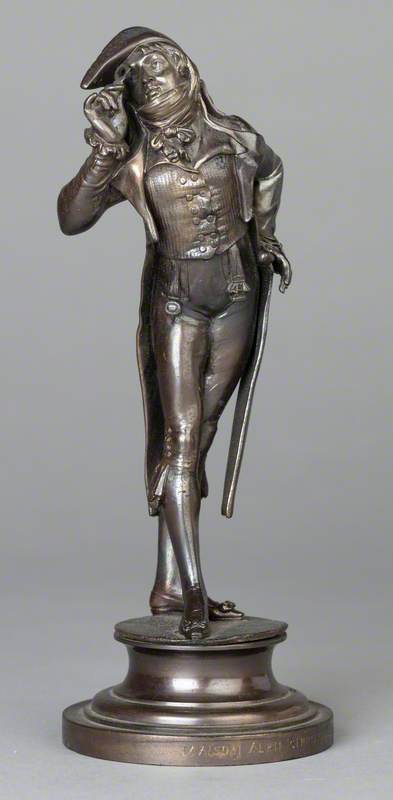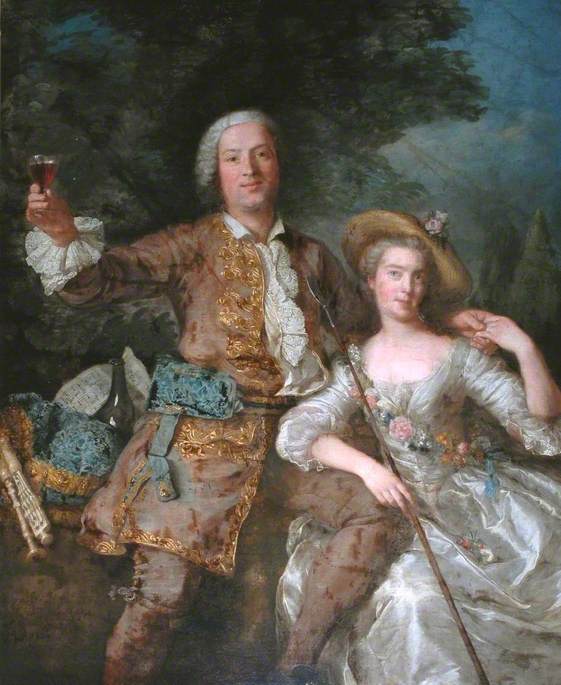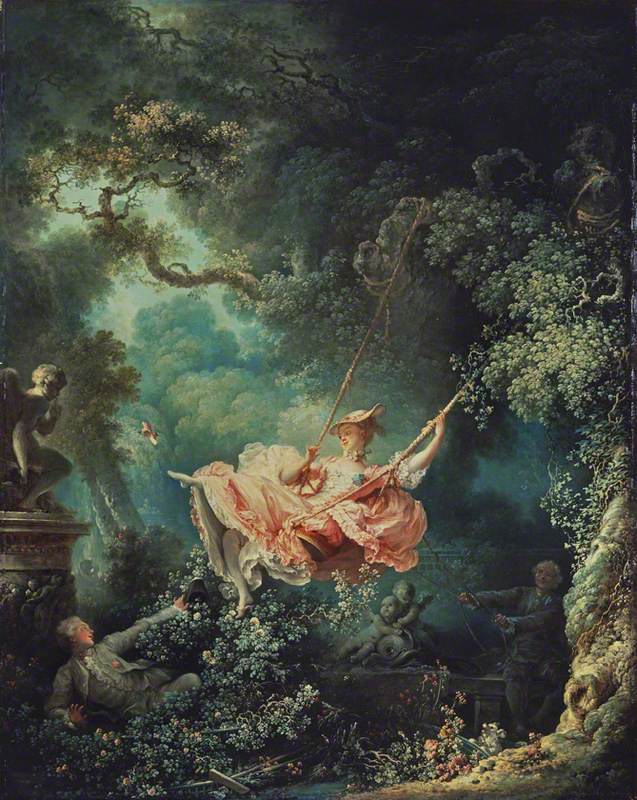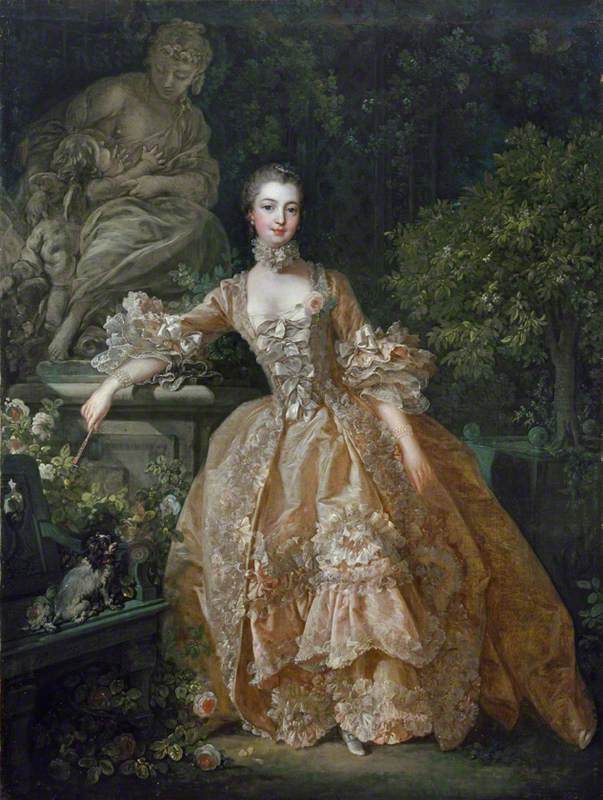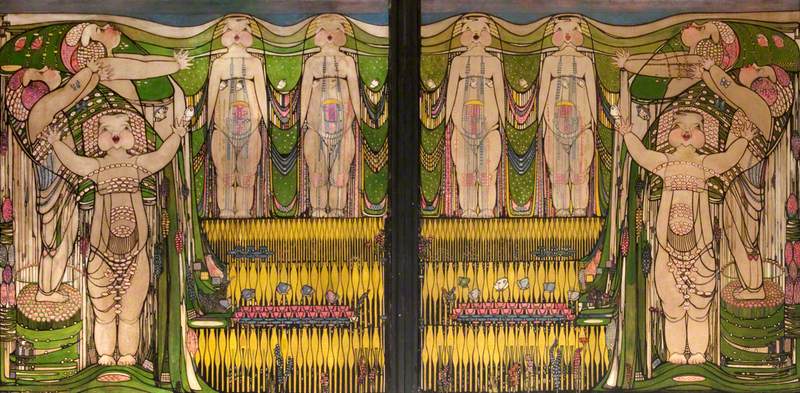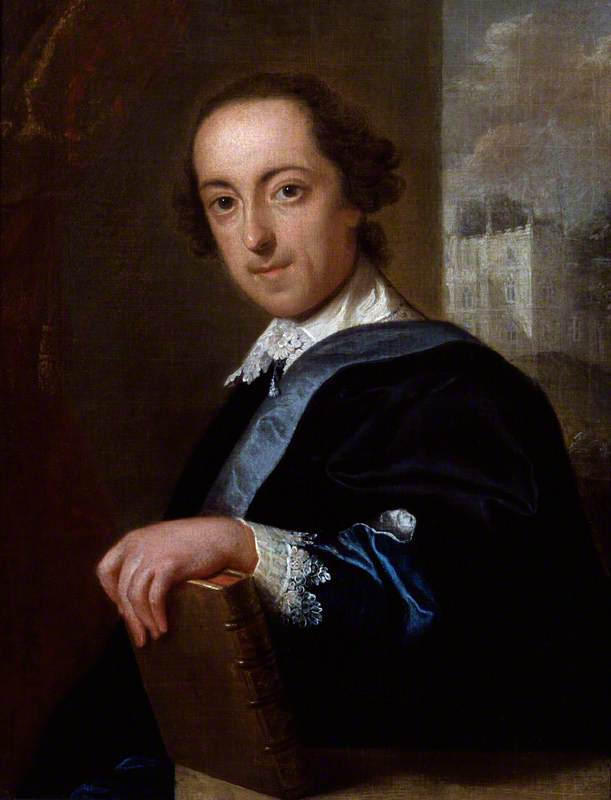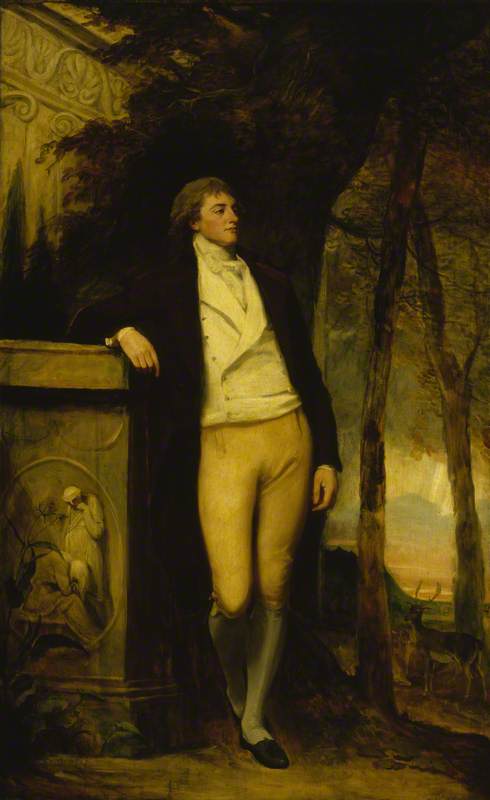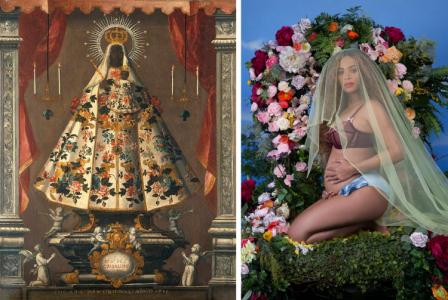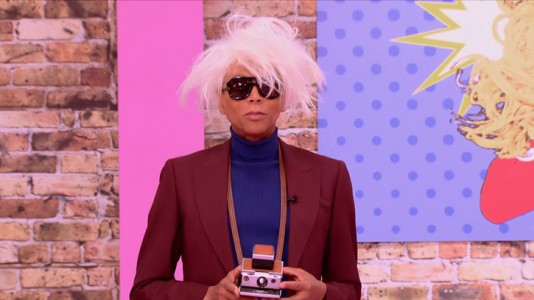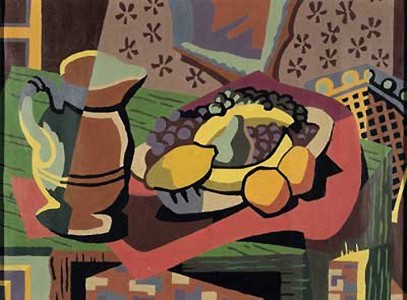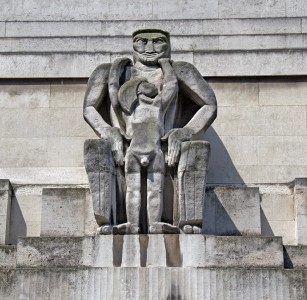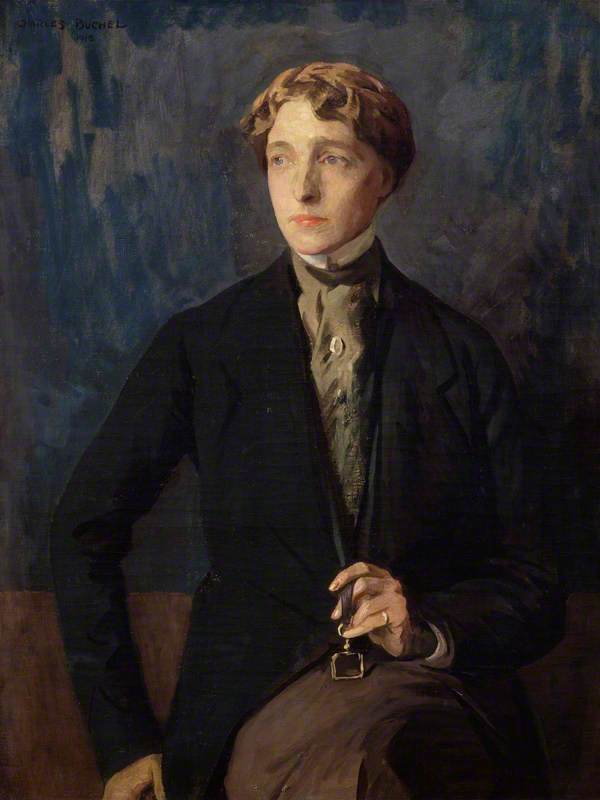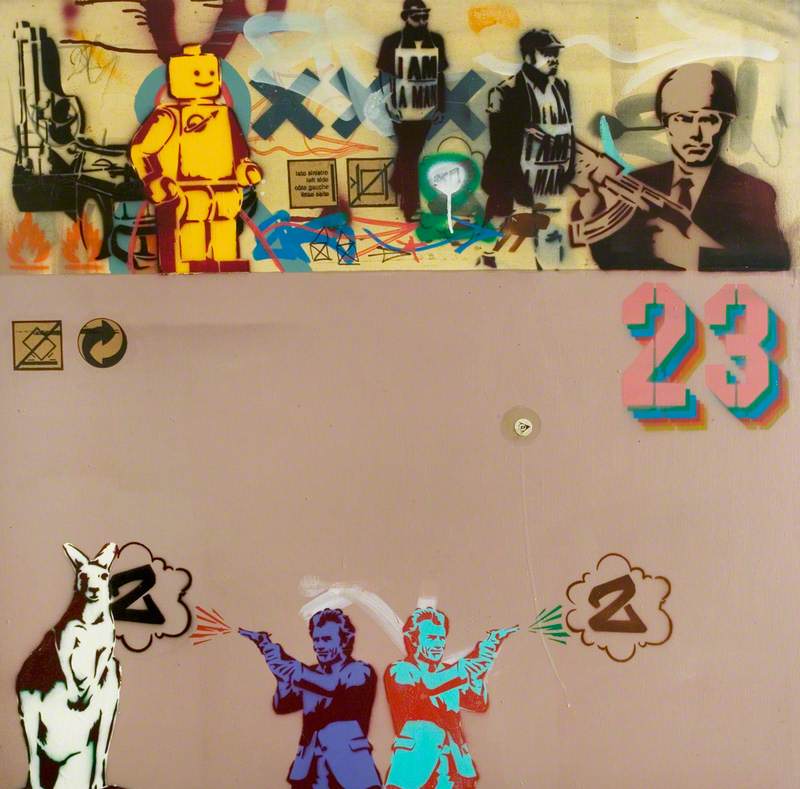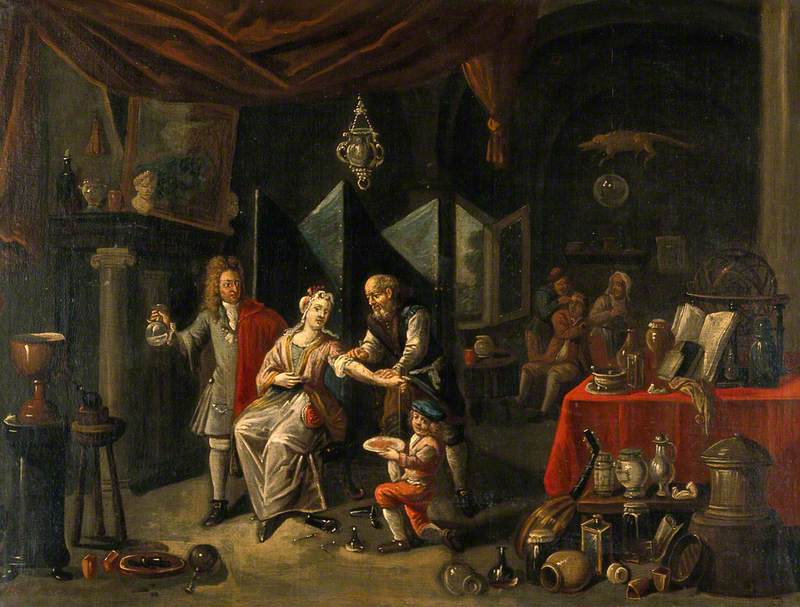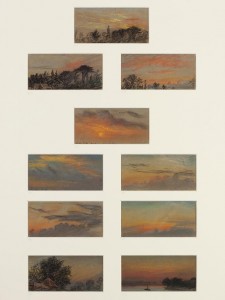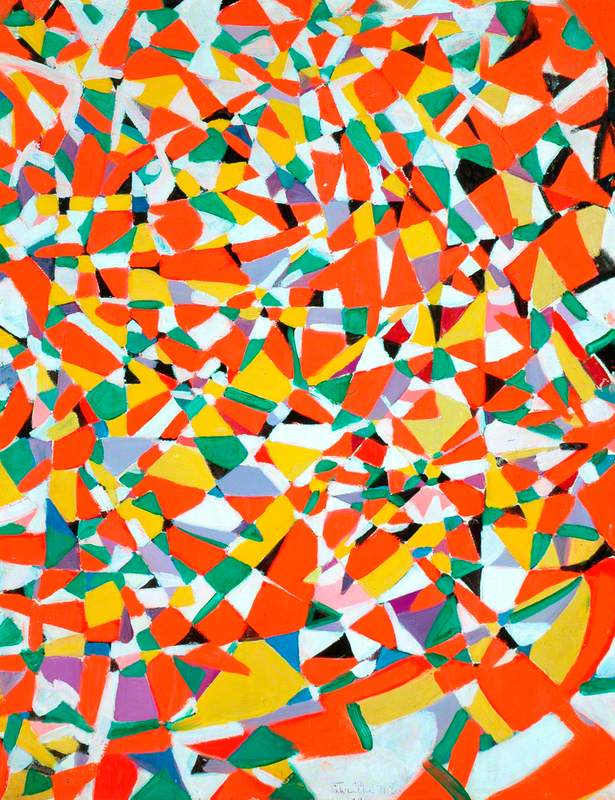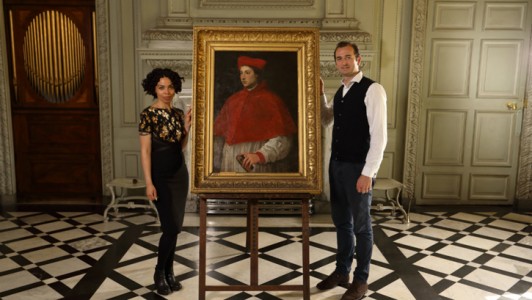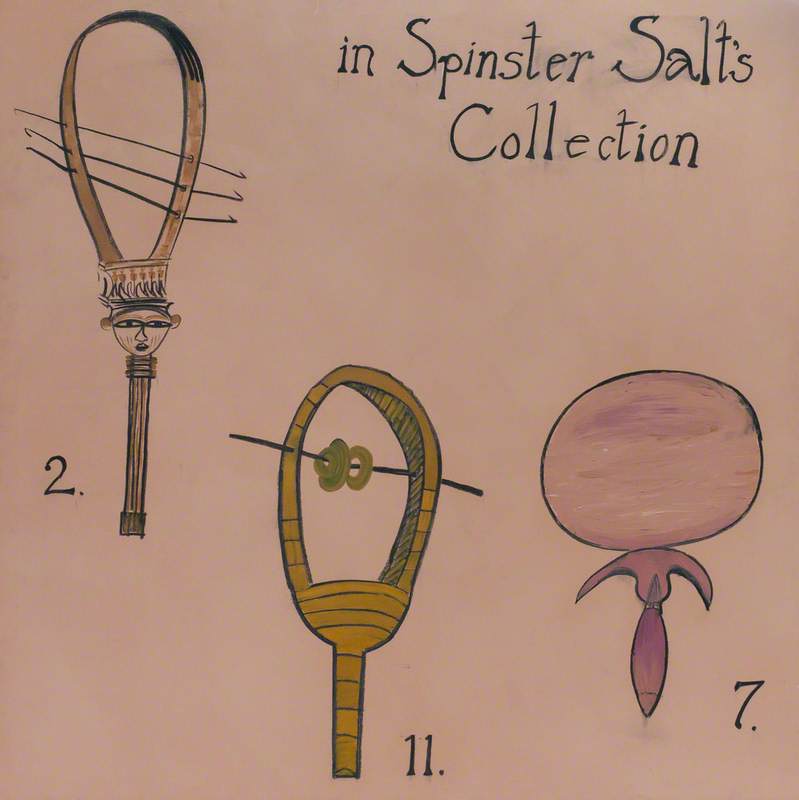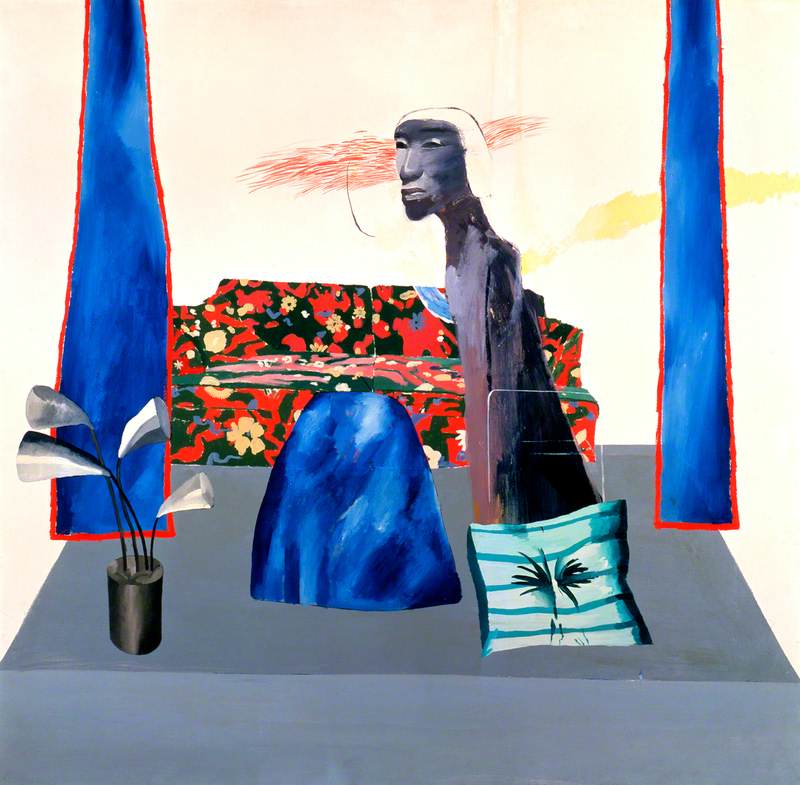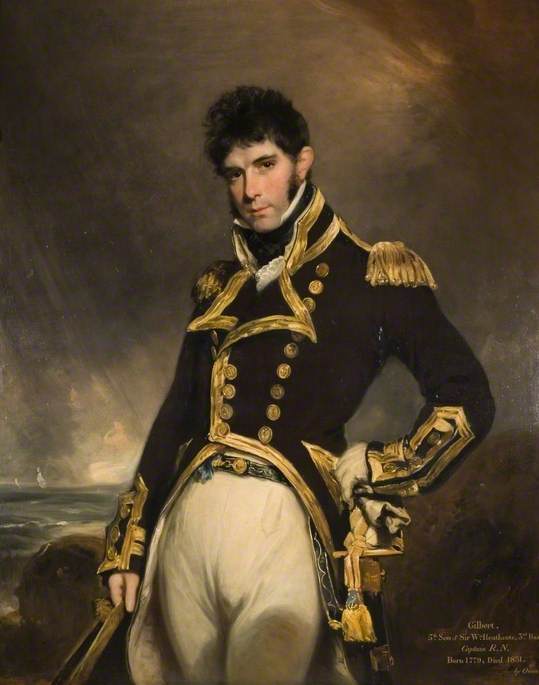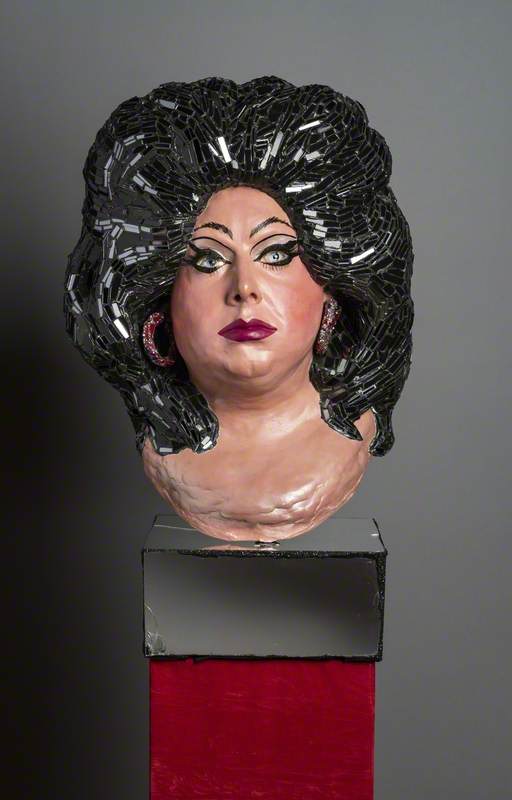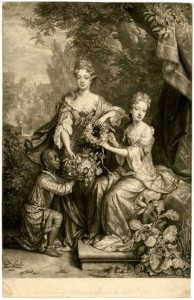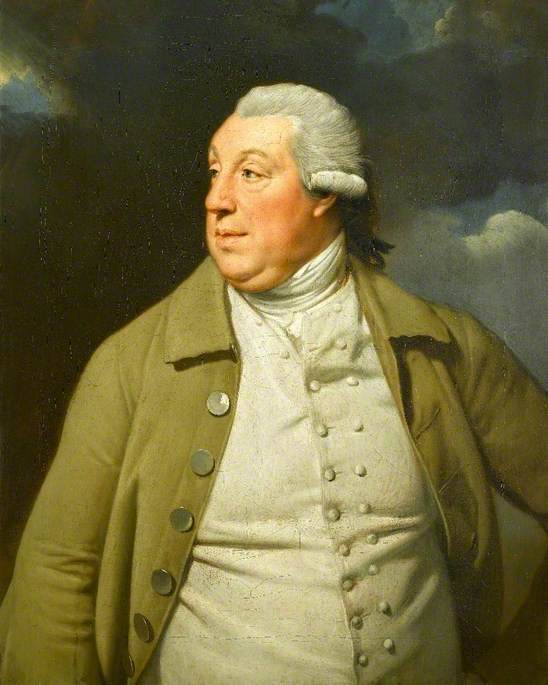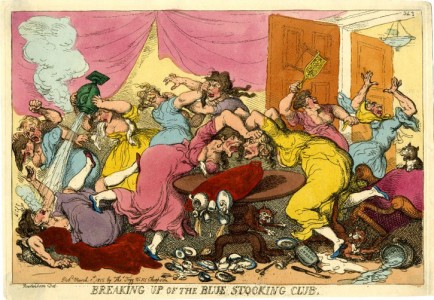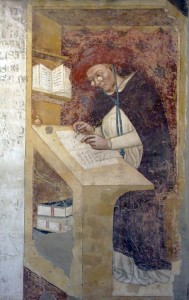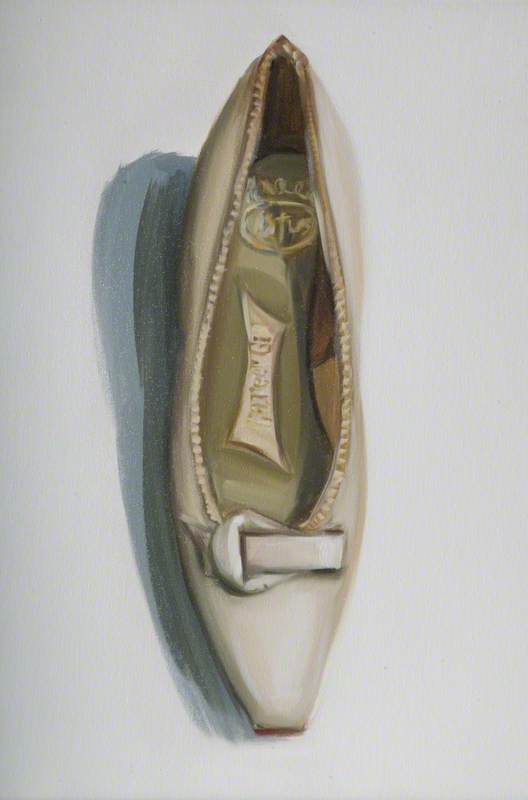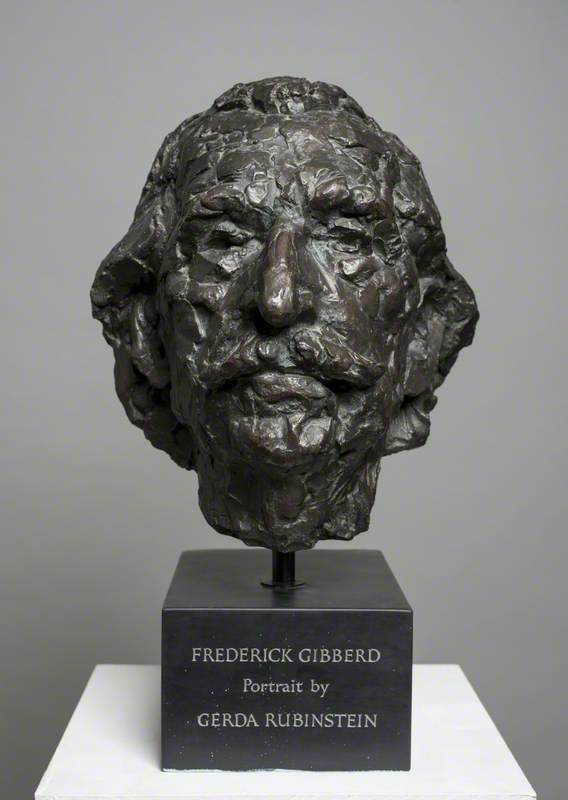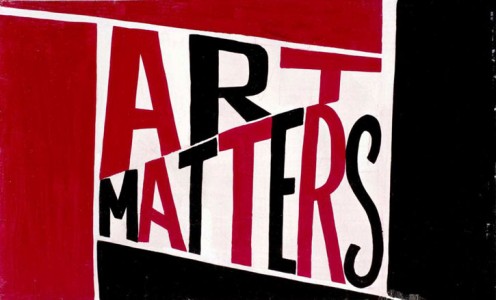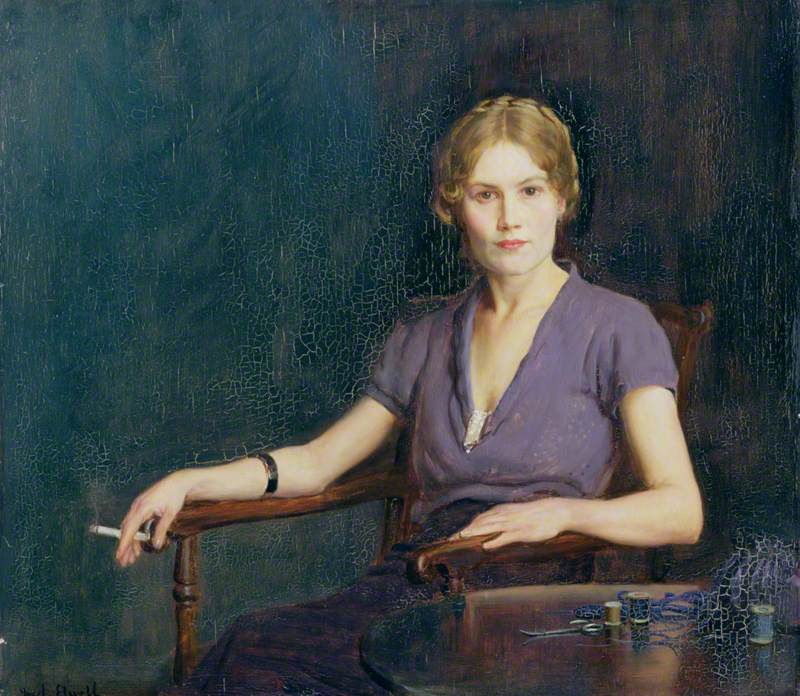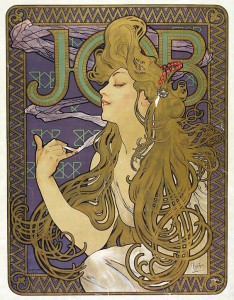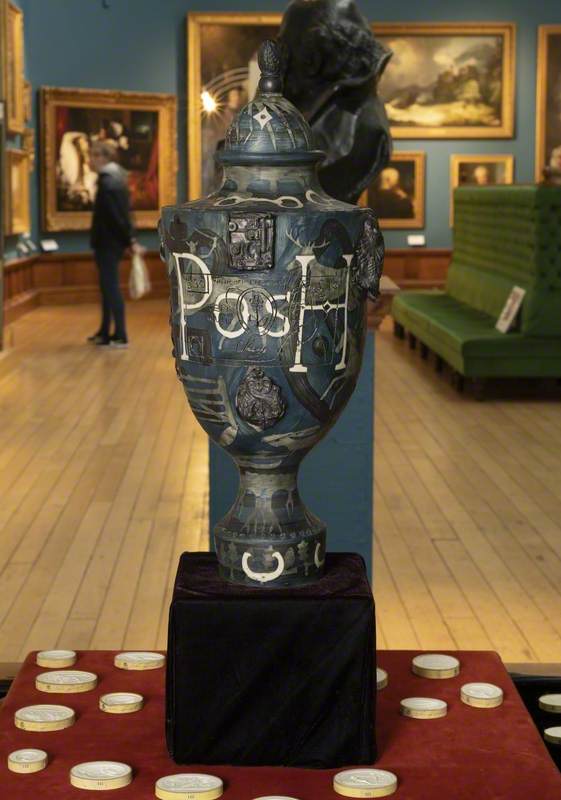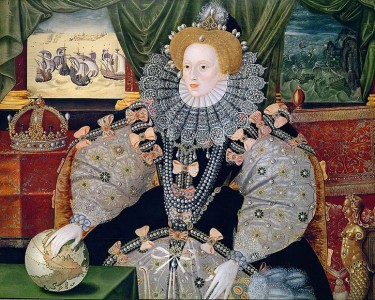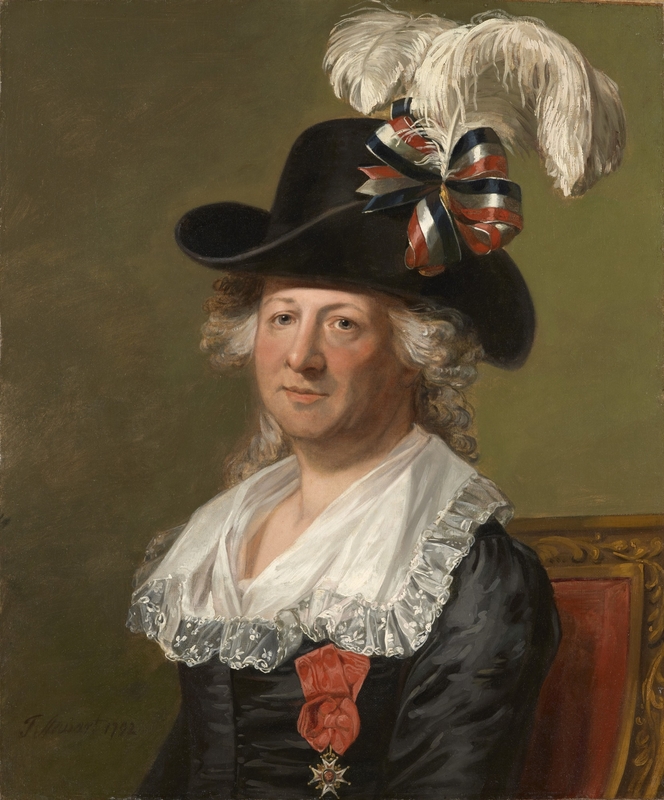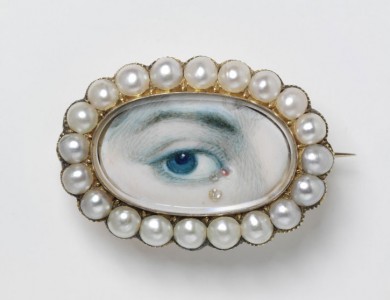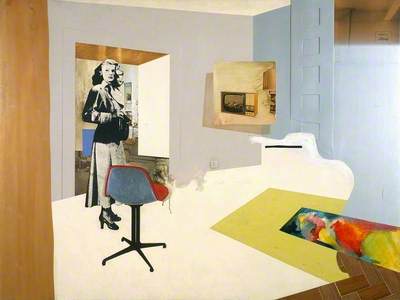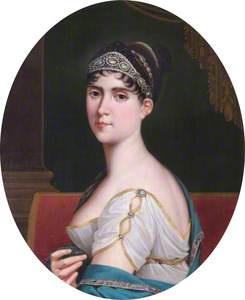Download and subscribe on iTunes, Stitcher or TuneIn
Art Matters is the podcast that brings together popular culture and art history, hosted by Ferren Gipson.
Let's talk about camp. No, I'm not speaking of tents and roasting marshmallows. I'm talking about the camp aesthetic. It's the theme for the 2019 Met Gala and a can be a little tricky to define.
'It's a huge, shifting range of things,' says Zorian Clayton, Prints Curator at the Victoria & Albert Museum in London. In his initial explanation of it, Zorian used words like 'over-the-top', 'gaudy' and 'tacky', but he uses these descriptors in the best sense possible. 'It's generally understood as a mode of enjoyment and a taste for excess, and there's a lot of parody and self-parody in it.'
It's likely that if you asked three different people to define what 'camp' means, you'd get three different explanations. The term first appears in a 1671 play by French writer Molière; in it, he gives a stage direction for a male character to 'camp about on one leg'. In 1863, another writer, Théophile Gautier, employs the term defining it as presenting 'oneself in an expansive, but flimsy manner like a tent with overtones of theatricality, vanity, dressiness and provocation'. This is an animated description of the term that is immediately easy to visualise. By this explanation, camp begins to feel more dramatic and showy. In 1909, it was added to the Oxford English Dictionary defined as 'ostentatious, exaggerated, affected' with an additional meaning of 'theatrical, effeminate or homosexual'.
'This is the first time on paper, if you like, [that there is] this linking between theatricality, flamboyance and homosexuality and gay culture,' says Zorian. 'Which is very highly linked in the theatre world with polari and that kind of gay language that is also used by theatre people.'
Prior to speaking with Zorian, camp made me think of things like The Wizard of Oz, which seems quite disconnected from the term's seventeenth-century origins. This speaks to the challenge of defining a term that dramatically evolves from era to era. At any given point, camp both stands out from and typifies the visual culture of the period. Nowadays, you can find examples of it through mainstream media. Zorian points to RuPaul's Drag Race and Liberace as more modern-day models of the camp aesthetic.
Philippe, Duc d'Orleans (1674–1723)
1710–1717
Jean-Baptiste Santerre (1651–1717) 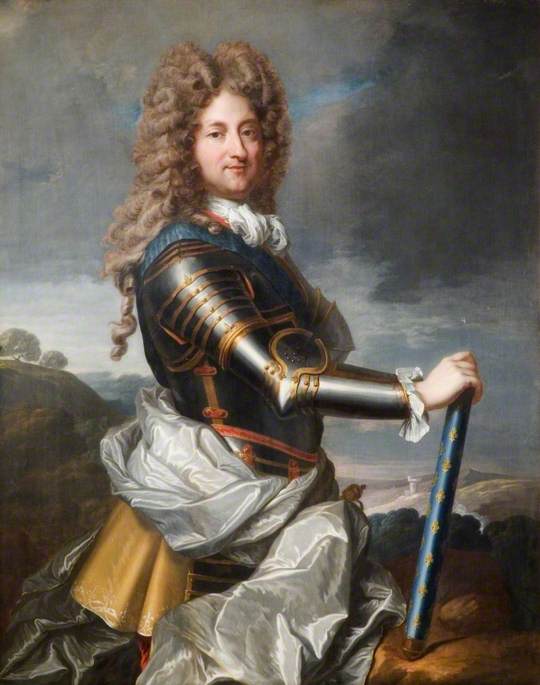
Some histories of camp only extend back to the nineteenth century but it has deep roots in France, particularly through figures like Philippe I, Duc d'Orleans, brother to the Sun King who built the palace of Versaille. 'I think camp people have always loved seventeenth-century court,' says Zorian. 'Just because the men were very preening, often more decoratively dressed than women, and [wore] all of these silk tights and massive silk ribbons on shoes, heels, huge powdered wigs and make-up.' It sounds like a perfect environment for anyone with the money and inclination to explore a lavish lifestyle in a fun way.
Not long after this period, we see the emergence of the Rococo movement in art in the eighteenth century. It's characterised by luxurious gold trims and pastel candy floss textures. Thematically, we see artists like François Boucher and Jean-Honoré Fragonard, who specialise in scenes of beautiful excess and indulgence – characteristics that come to be associated with the camp aesthetic.
In the late nineteenth and early twentieth century, connections to camp can be found in Art Nouveau. The movement spanned fine and decorative arts, and is typically characterised by natural, curved forms and stark outlines. In some ways, it was an ornate amalgamation of styles including Rococo and Pre-Raphaelitism, amongst others. At points, artists associated with other movements dipped an exploratory toe in its camp waters and there were exhibitions featuring Art Nouveau works by Georges Seurat and Pierre Bonnard. The movement also has connections to the aesthetic through the influential camp figure Robert de Montesquiou. '[Montesquiou] is thought by some to be the person who invented Art Nouveau in that he was a patron of many different artists working in Paris at the time,' says Zorian. 'He basically described what he wanted for his home and they created it.'
Then there's the blurry point where kitsch and camp collide, exemplified by the Pop Art movement. It's nostalgic, yet current. Tacky, yet stylish. It's an aesthetic of dualities that showcases kitsch at its most high-end level.
A thread that ran throughout my discussion with Zorian was camp's strong connection to fashion. Being the theme of the 2019 Met Gala is a clear indication this tie and while it's influence is apparent in the work of more recent figures like Gianni Versace and Karl Lagerfeld, it can also be traced further back in history.
The Empress Josephine (1763–1814)
1806
Robert Lefèvre (1755–1830) 
'There is a designer mentioned in some of the camp books called Louis Hippolyte Leroy who set the trends for Napoleonic France. He created that low bustline that's called the empire bustline for Napoleon's wife, and he was considered to be a very high-camp figure,' says Zorian. 'It's these people behind the scenes that you often find.'
One of the most notable intersections of camp and fashion is the idea of the dandy, which was preceded by the lesser known macaroni. 'It has its links back to the seventeenth-century court,' says Zorian. 'The macaronis and the dandies would be wearing corsets and perhaps a little bit of makeup and really thinking about their silhouettes. They're very richly caricatured throughout the eighteenth- and nineteenth-century prints.'
Horace Walpole and William Beckford were two key British dandies in the eighteenth and nineteenth century known for their good taste and prioritisation of fabulous fashions and furnishings for their home. Walpole was the builder of the elaborate Gothic-revival Strawberry Hill House in London.
Moving to the present day, camp aesthetics have recently centred more around women's fashion and icons. Similarly, red carpet events have been a place for women celebrities to shine; ladies may go for captivating Hollywood glamour in the vein of Elizabeth Taylor or arrive in an avant-garde art piece à la Lady Gaga. With the camp theme for this year's Met Gala, it will be intriguing to see how the men will interpret the look. Will they draw on seventeenth-century portraiture or might they look to more contemporary models like artist Grayson Perry?
Camp is a broad and shifting term, and can be slightly subjective based on your own personal tastes. Be sure to listen to the full episode above to learn about other ways of interpreting camp aesthetics in the art and objects around you.
Explore more
Art Matters podcast: the art of RuPaul's Drag Race
Art Matters podcast: what to know for the Met Gala 2018 theme of 'Heavenly Bodies'
Listen to our other Art Matters podcast episodes
